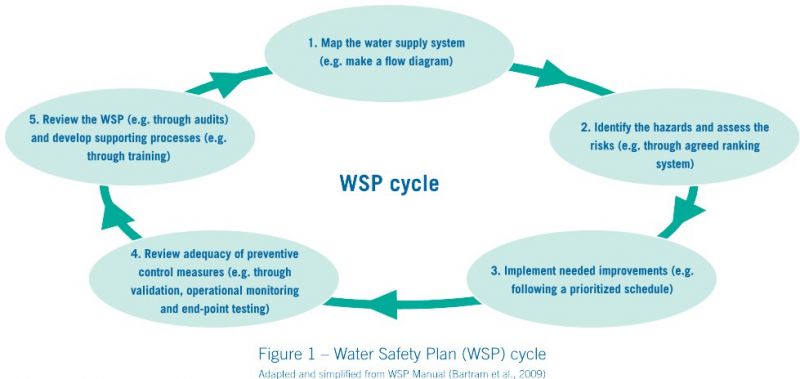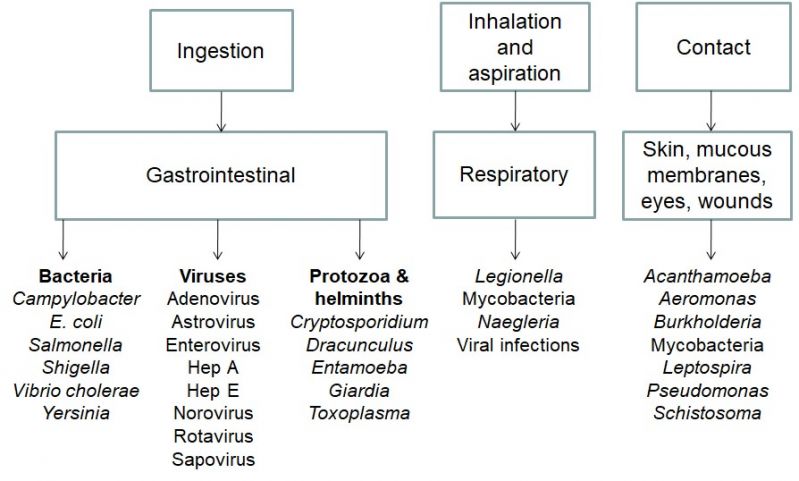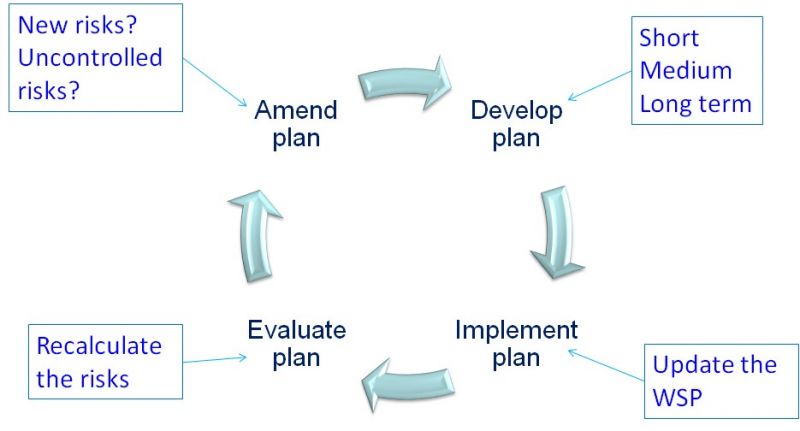Water Safety Plans to Prevent Legionellosis and Other Waterborne Illnesses
Published on by Nigel Richardson, Managing Director at Collaton Consultancy Limited in Business
WSP is a way to ensure safe water by:
- Thoroughly understanding the systems in the property
- Identifying where and how problems could arise
- Using processes and management systems to stop the problems before they happen
- Making sure all parts of the system work properly
- A comprehensive risk assessment and risk management approach

Once you have a Water Safety Plan in place then you are better placed to meet the legislative requirements to prevent Legionnaires’ disease or other water borne pathogens such as:

There are five basic components to a successful Water Safety Plan:
- Preparation
- System assessment
- Monitoring
- Management and communication
- Feedback
The content of the Water Safety Plan should include:
- Define hazards and hazardous events
- Identify all hazardous events that could contaminate, compromise or interrupt supply
- Identify all potential hazards in supply chain
- Evaluate the risks associated with each hazard/hazardous event
- Describe what could go wrong and where
- Assess risk
- Rank actions
- Site visits / inspection
- Analysis of flow diagram
- Qualitative approach
- Semiquantitative approach (likelihood and consequence matrix)
- Document existing and potential control measures
- Assess their effectiveness (validation)
- Recalculate risks accounting for existing control measures
- Prioritize risks
Once this is in place the processes are inplemented and then reviewed accordingly

The plan should then be validated and verified to ensure that it is working successfully with the verification process answering the question: Is the WSP working effectively to deliver safe and acceptable drinking water?
Procedures should be developed such that management procedures define the actions to be taken during normal operational conditions and emergency operational conditions and should detail the steps to follow in specific “incident” situations (corrective actions) when critical limits are exceeded.
Once all this is in place WSPs are not just a step-by-step process guaranteeing safe water, they require personal accountability and responsibility, broader stakeholder engagement, organizational commitment and proactive communication between operators and management.
Taxonomy
- Legislation
- Regional
- Legionella training
2 Comments
-
Very comprehensive approach, bringing the plan down to it's basic components.
-
Very informative article for city like Karachi.